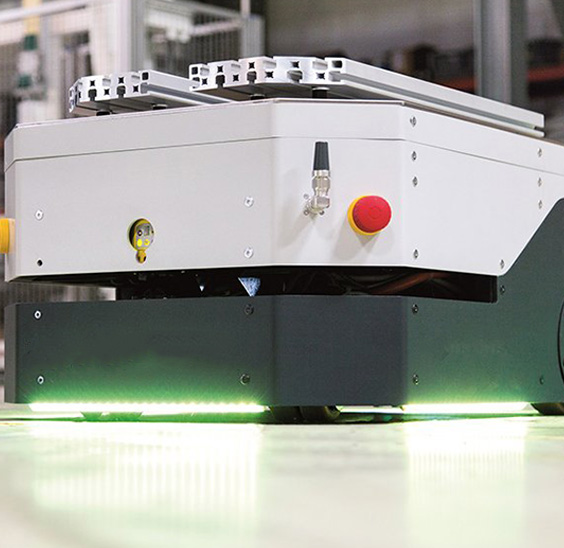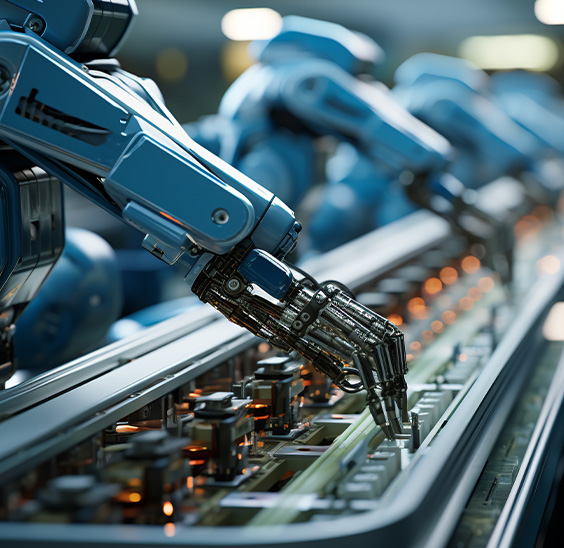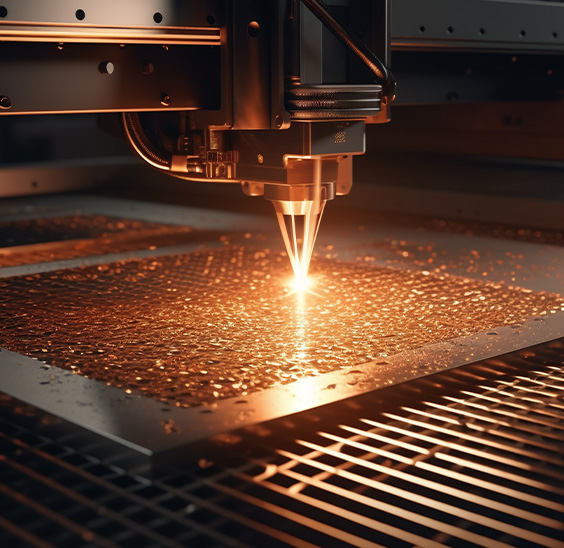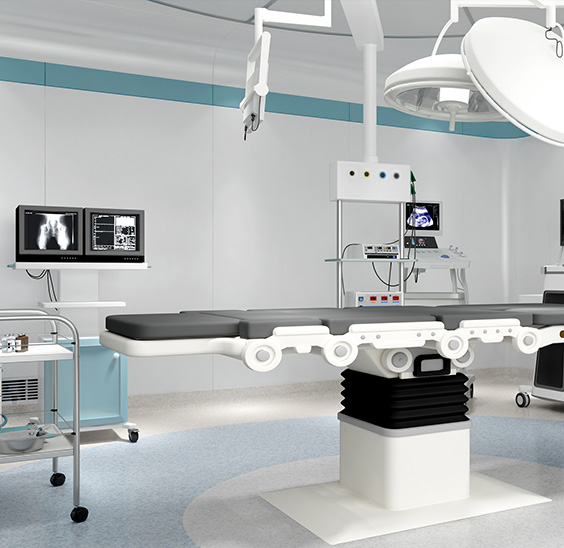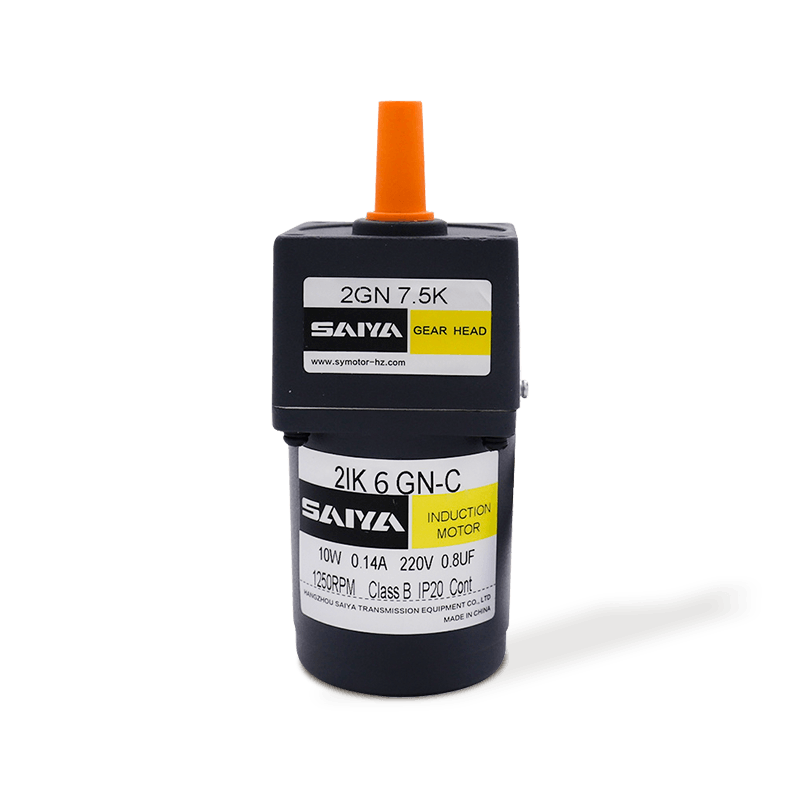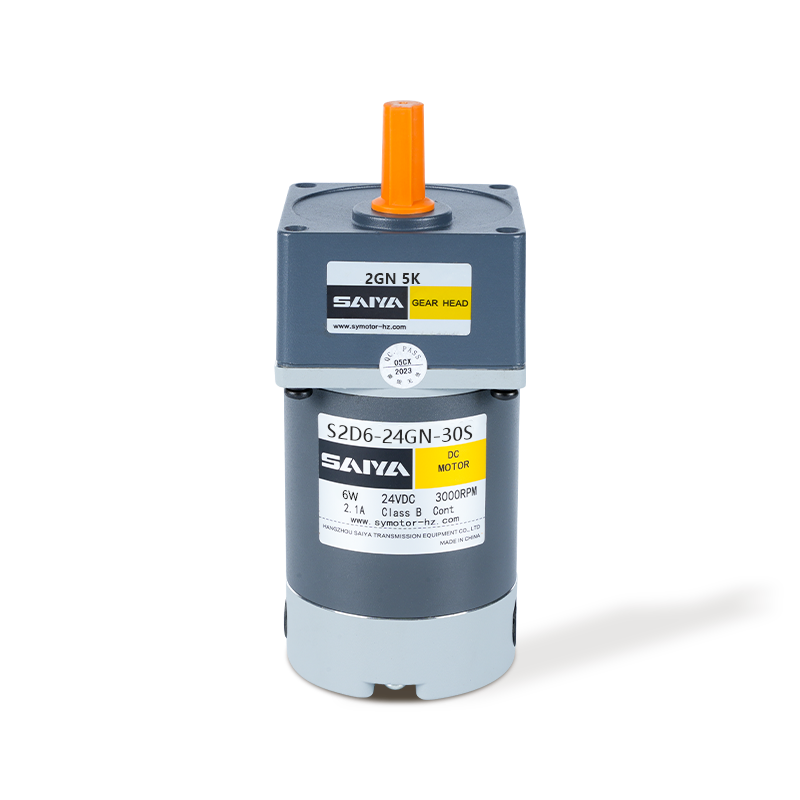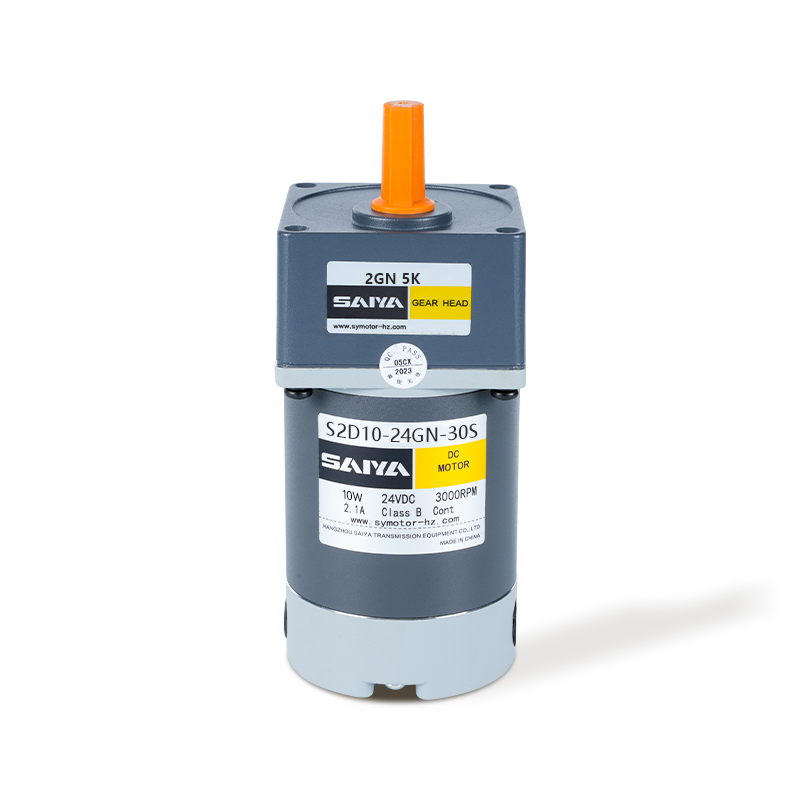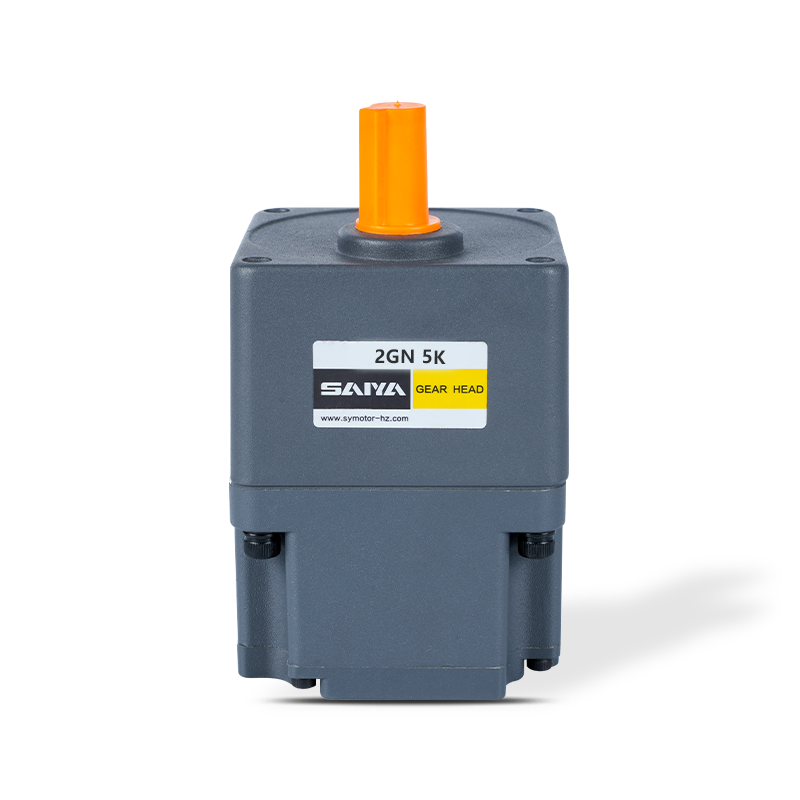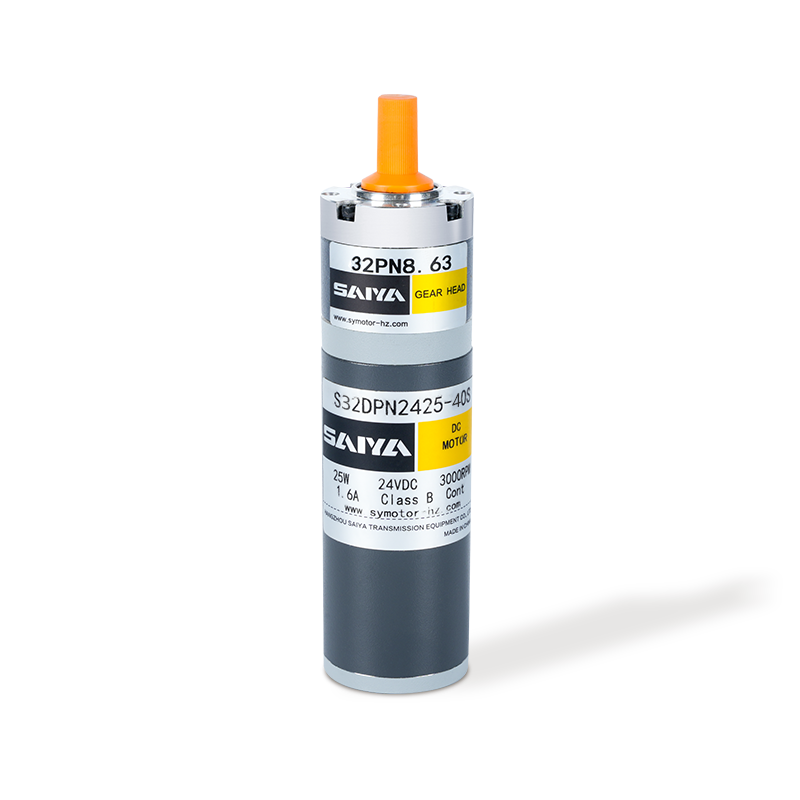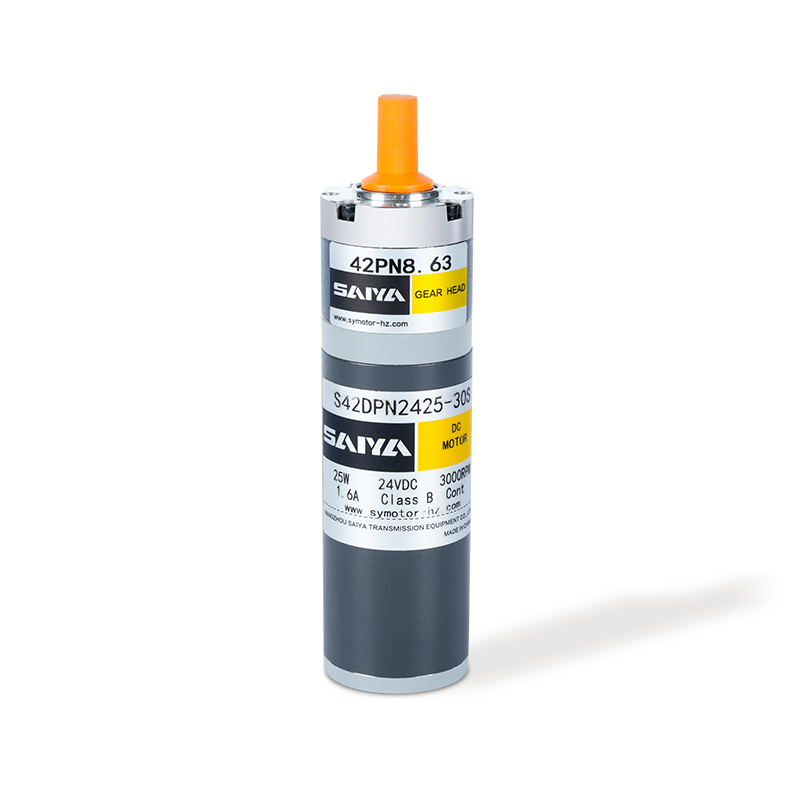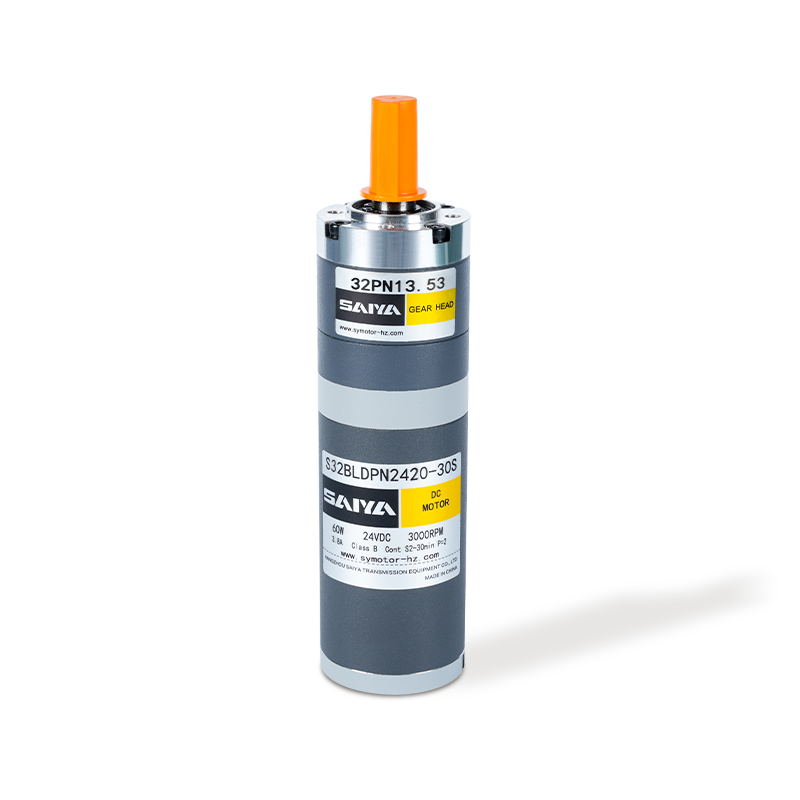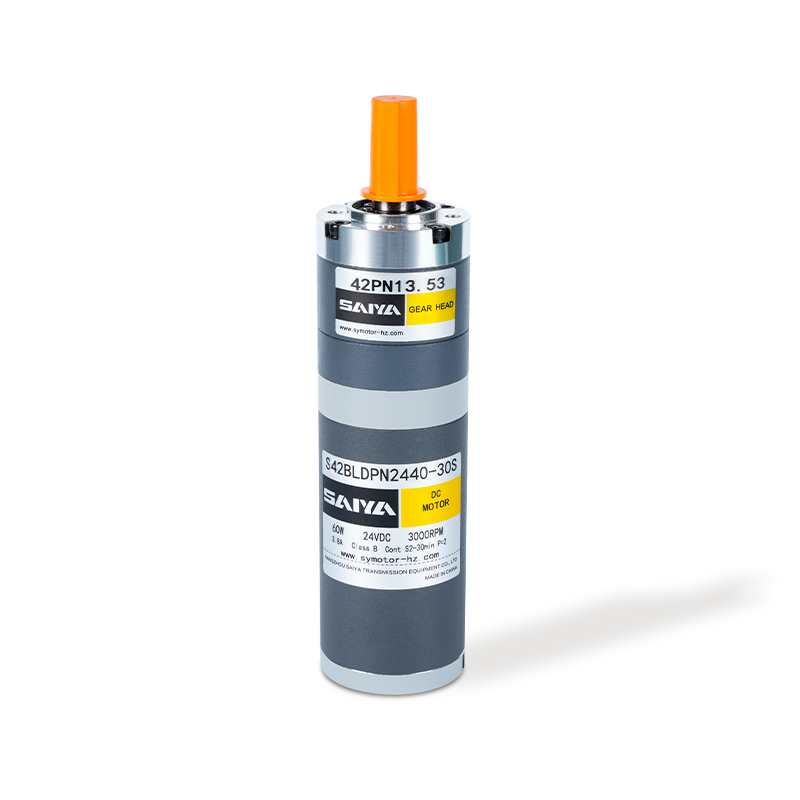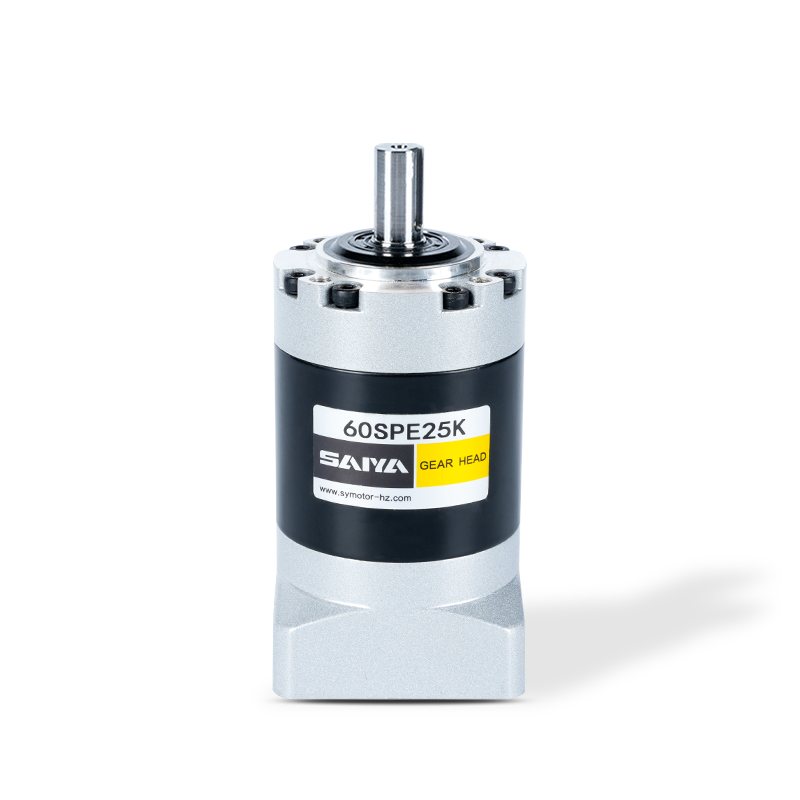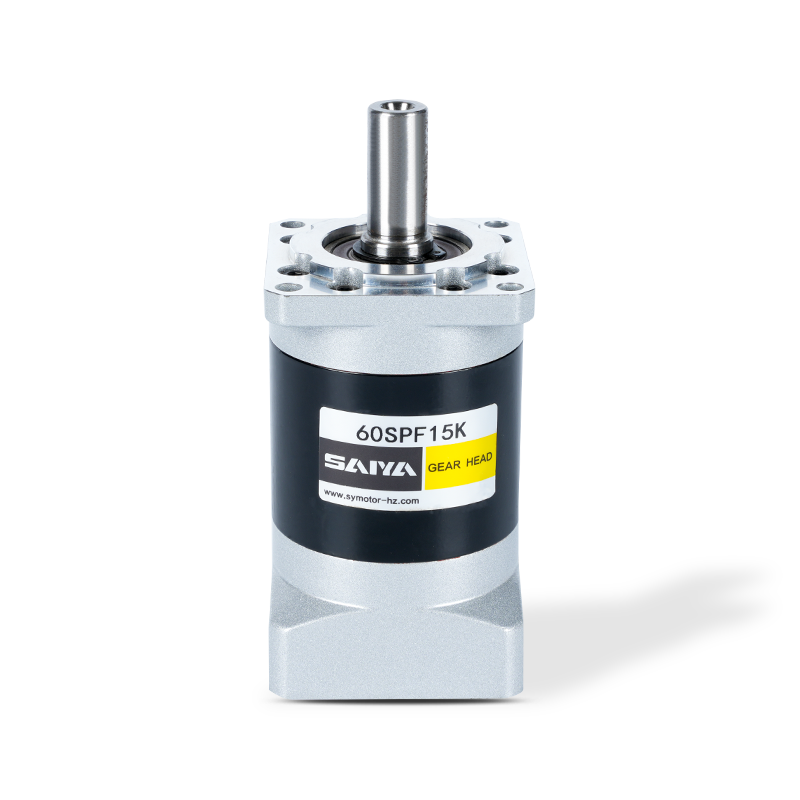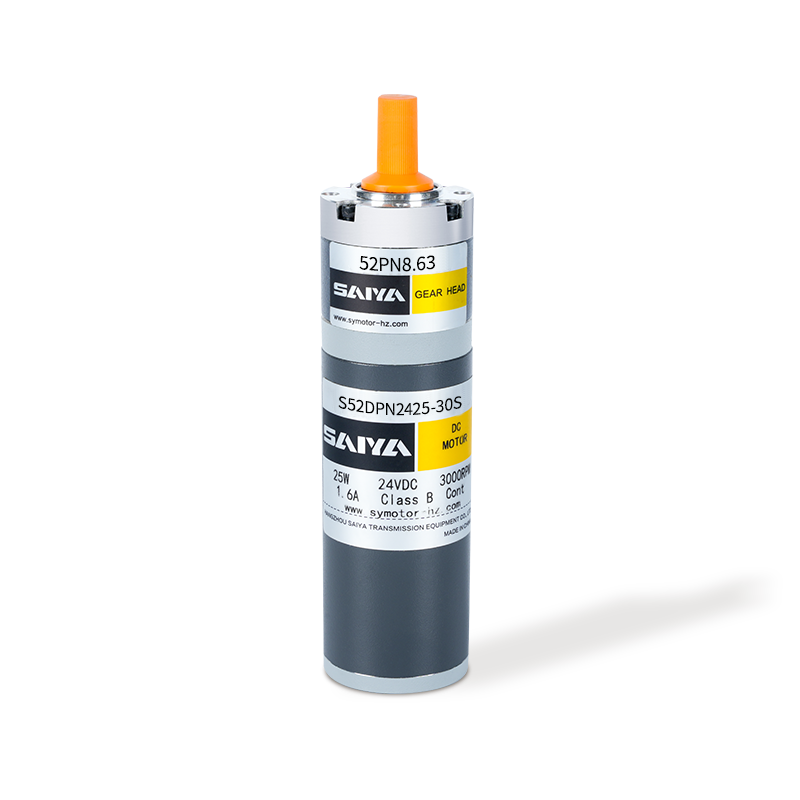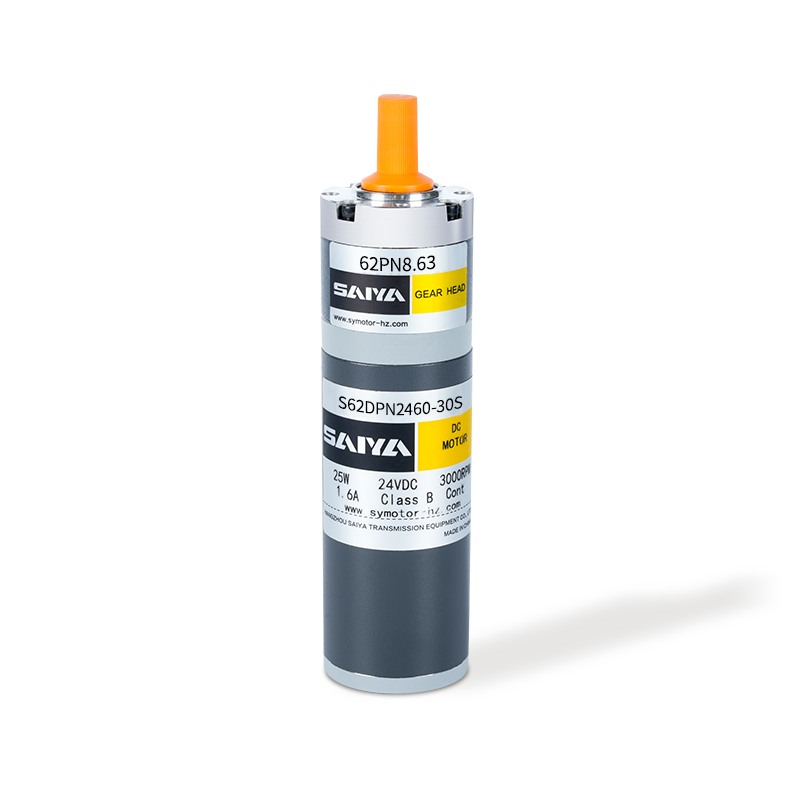Brushless DC gear motors: The core of efficient drive technology
In modern automation and intelligent manufacturing, brushless DC gear motors are becoming an essential component of drive systems. With their significant advantages, such as high efficiency, low noise, and long life, these motors are widely used in robotics, medical devices, smart homes, automated production lines, and precision control systems. With the continuous advancement of industrial automation and new energy technologies, the performance and technical level of brushless DC gear motors are also continuously improving, becoming a key driver of industry upgrades.
1. Structure and Operating Principle of Brushless DC Gear Motors
A brushless DC gear motor consists of a brushless DC motor and a reduction gearbox. The former provides efficient electromagnetic drive, while the latter reduces speed and amplifies torque. Unlike traditional brushed motors, the rotor of a brushless motor uses permanent magnets, and the commutation process is performed by an electronic controller, eliminating the need for mechanical contact between carbon brushes and the commutator. This structure not only significantly reduces friction and energy loss, but also significantly improves service life and operational stability.
Gear design is also crucial. Through appropriate gear ratio design, the motor can output higher torque while maintaining a compact size, achieving precise speed and torque control. This structure enables brushless DC gear motors to maintain efficient and stable operation under a variety of operating conditions, meeting the complex requirements of diverse applications.
II. Performance Advantages of High-Efficiency Drives
The core advantage of brushless DC gear motors lies in their high energy efficiency. By eliminating the mechanical commutation mechanism, the motor's power conversion efficiency is significantly improved, resulting in lower energy loss and reduced heat generation. The electronic commutation system adjusts the current phase in real time based on rotor position, enabling smooth and precise drive control.
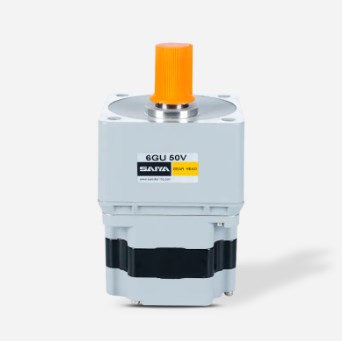
In industrial applications requiring long-term continuous operation, this high efficiency not only reduces energy consumption but also equipment maintenance costs. Compared to traditional brushed motors, brushless systems are virtually maintenance-free, eliminating the need for frequent carbon brush replacement and extending their operating life. High-efficiency drives also enable higher torque output for the same power, making them ideal for applications requiring high loads and stable output.
III. Integration of Precision Control and Intelligent Applications
With advances in control electronics technology, brushless DC gear motors are increasingly advantageous in the field of precision control. When used in conjunction with a position sensor or encoder, the motors can achieve highly accurate speed and position feedback control. Combined with advanced drive algorithms such as Field Oriented Control (FOC) or PID regulation, brushless motors can maintain stable operation under complex dynamic conditions.
This characteristic is particularly important in applications such as robotics, automated production equipment, and medical equipment. Robotic joints, precision transmission systems, and automated actuators require extremely smooth and repeatable motion. Brushless DC gear motors, with their excellent control response and low vibration, are an ideal choice for these applications. Furthermore, intelligent control systems can automatically adjust output based on real-time loads, achieving energy optimization and efficient operation.

IV. Quiet Design and Operational Stability
Noise control is a critical aspect of modern mechatronic product design. The brushless DC gear motor's structure avoids the friction-induced noise of brushed motors, while its high-precision gear meshing design effectively reduces mechanical vibration and whistling. Its smooth and gentle operation makes it particularly suitable for applications with stringent noise requirements, such as medical equipment, office automation systems, and household appliances.
The stability of brushless structures is reflected not only in noise control but also in long-term operational reliability. Because there are no carbon brushes to wear out, the motor's performance does not significantly degrade over time. The electrical components achieve precise control, ensuring consistent system performance over time.
V. Energy-Saving Trends and Future Development
Against the global trend of energy conservation and green manufacturing, the high efficiency of brushless DC gear motors aligns perfectly with industry trends. Advances in materials technology, magnetic components, and electronic control chips will enable future brushless motors to achieve higher power density and lower energy consumption. Lightweighting and intelligent technology will also be key trends in technological development. The integration of modular design and digital control systems will enable brushless DC gear motors to play a more important role in smart manufacturing.
At the same time, the introduction of the Internet of Things and artificial intelligence technologies is enabling intelligent monitoring and predictive maintenance of motor systems. By collecting real-time operating data and analyzing parameters such as speed, temperature, and current, the system can provide early warning of potential failures, significantly improving the safety and reliability of equipment operation. This intelligent motor system, characterized by "self-sensing, self-adjusting, and self-diagnosing," will become a crucial component of future automation equipment.
As a representative of the next generation of high-efficiency drive technology, brushless DC gear motors are reshaping the performance landscape of modern electromechanical systems. Their high performance, long life, precise control, and intelligent features make them a core force in industrial upgrading and automation development. With the continuous innovation of new materials, control algorithms, and manufacturing processes, the application areas of brushless DC gear motors will continue to expand, showing greater technical value and market potential in future industrial and daily life scenarios.


 EN
EN  English
English 中文简体
中文简体 русский
русский Español
Español
